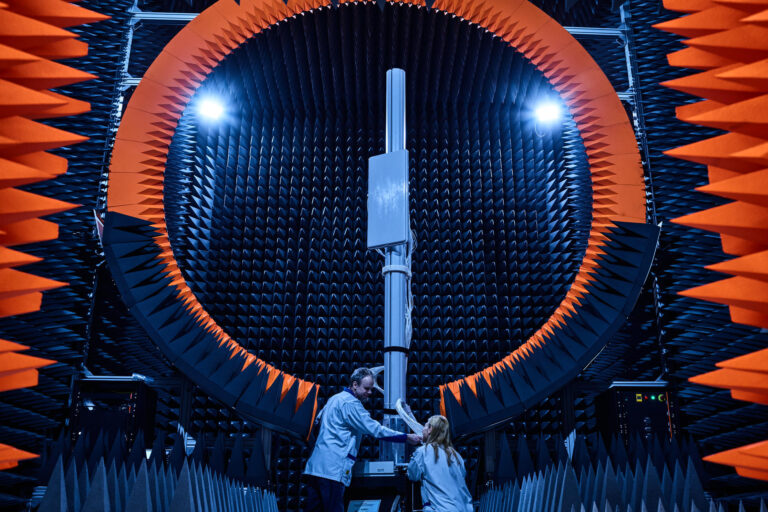
Business is becoming more distributed. Old organisational structures based on big headquarters operations and branches are increasingly atomised with more teams working from home or in remote locations – a trend that has been accelerated rather than created by the pandemic.
Edge and IoT promise a further growth spurt for distributed computing. If the answer to distributed applications, data and users is the cloud, the question is how do we build networks in the cloud? It’s this issue that is currently holding up digital transformation programmes.
Migration is not just a matter of upping sticks and moving software from the corporate data centre to the cloud: applications need to be cloud-native – able to take advantage of the underlying functions of each cloud – and every public cloud provider’s environment is different.
But neither the development of cloud infrastructure nor the rate of enterprise software deployment fully explains why the revolution has been slow to get underway – or why that situation is about to change dramatically.
The missing piece of the puzzle, until now, was the network.
A recently published paper from Gartner explores the emerging category of cloud networking. It’s this technology, or rather the lack of it, Gartner argues, that has been holding back progress.
In a poll of more than 400 CIOs and other IT leaders in a cross section of enterprises, Gartner found a five-fold increase in interest in cloud networking in the past 12 months, driven by three factors:
– The native networking capabilities of public cloud providers are insufficient for some production enterprise workloads
– Virtual routers and virtual appliances offered by established vendors often don’t meet the requirements of cloud and DevOps teams, particularly around programmability, integration or licensing
– Networking features and operational approaches vary widely across public cloud providers, which creates management challenges, particularly in multicloud deployments
Gartner’s findings echo the messages Alkira has been sending in the three years since its formation in the wake of the acquisition of our previous venture, SD-WAN pioneer Viptela, by Cisco.

Our conviction then, and Gartner’s contention now, is that conventional approaches to networking don’t cut it in the cloud era.
As Gartner’s Market Guide for Cloud Networking Software puts it: “A market is emerging to address ‘inside the cloud’ and multicloud networking challenges, as there are notable gaps from existing vendors.”
The recent history of wide area networking has been dominated by three fundamental approaches: MPLS, Internet (IPSec/VPN) and SD-WAN. None of these do everything we need from a cloud network.
MPLS is a mature networking technology which is on the wane. MPLS connections are typically expensive and turning on new capacity is slow.
Internet connections have played a growing role in enterprise networking strategies, providing a low-cost alternative to MPLS, but without the performance guarantees. VPNs provided secure connections and helped meet the needs of the mobile workforce, but VPNs scale poorly and are complex to manage. While enterprises have been happy to trade the low-cost and ready availability of broadband connections against the certainties but inflexibility of MPLS, ultimately they want guaranteed reliability and performance – SLAs that the Internet will never provide.
SD-WAN, which first appeared in the early 2010s, overcomes many of the limitations of MPLS. One of its major advantages is transport independence, which allows organisations to mix MPLS and Internet circuits or possibly replace MPLS circuits altogether to achieve significant cost savings. It also allowed organisations to implement direct Internet access (DIA) at branches, which improved performance for SaaS applications by eliminating the data centre traffic backhaul. The resulting lower traffic on the WAN circuits provided more bandwidth capacity at the data centre headends and a subsequent better user experience for data centre applications.
Additionally, SD-WAN enabled better traffic management and incorporated application-aware intelligence to enable the network to differentiate high and low-priority applications, and route those based on the underlying circuit performance.
But while SD-WAN improved access to cloud services for branch networks as compared to MPLS, its support for cloud-native constructs remained rudimentary. It typically takes the network to the edge of the cloud, leaving enterprises with additional integration work, such as cloud-native routing, transit connectivity and deployment of stateful security services (eg next generation firewalls). In other words, SD-WAN gets you to the cloud, but not – to use Gartner’s phrase – “inside the cloud”.
You can make SD-WAN work with the cloud, but at a price. Vendors offer cloud gateways and other piecemeal integrations. DIY approaches also allow cloud on-ramps to be equipped with the security, directory services and management capabilities the organisation needs. But it’s a process that requires resources to be manually stitched together, for example to comply with enterprise security posture. One of our clients, Koch Industries, spent millions of dollars and nearly two years integrating its SD-WAN on-ramps with AWS. When it wanted to move workloads to Azure and was faced with a similar migration and integration journey, Koch realised it was time to think again.
Many other enterprises face similar problems of time-consuming and complex development and integration work to network the cloud – a long and arduous series of incremental steps that promise more complexity and management headaches in future.
The revolution in electric cars wasn’t driven by manufactures of petrol and diesel vehicles making incremental changes to the internal combustion engine, but by Tesla making the leap to fully electric vehicles. A similar revolution is called for in cloud networking.
The next-generation WAN will be virtualised, dynamically scalable, consumed as a service and built in the cloud, i.e. able to access cloud-native capabilities to insert and manage higher level services such as firewalls. It will work with multiple clouds and integrate existing legacy systems and networks, including today’s enterprise data centres and SD-WAN fabrics, and it will provide end to end visibility, security and manageability.
We are on the verge of a rapid acceleration of migration as cloud networking software opens the door to wider deployment. By 2023, the volume of enterprise workloads in the cloud will have doubled to 40%, Gartner predicts.
Cloud networking, the absentee technology responsible for holding up the cloud revolution, is now set to spur it on.

Amir Khan
Chief Executive and co-founder of Alkira


